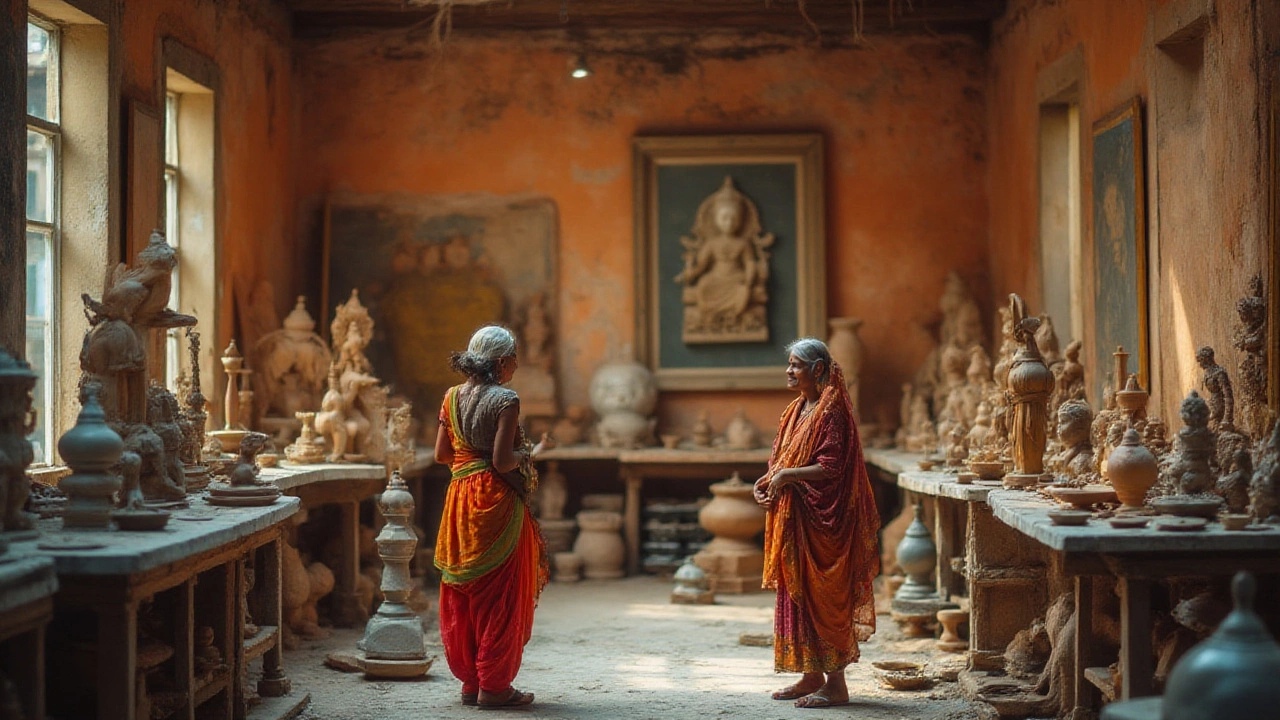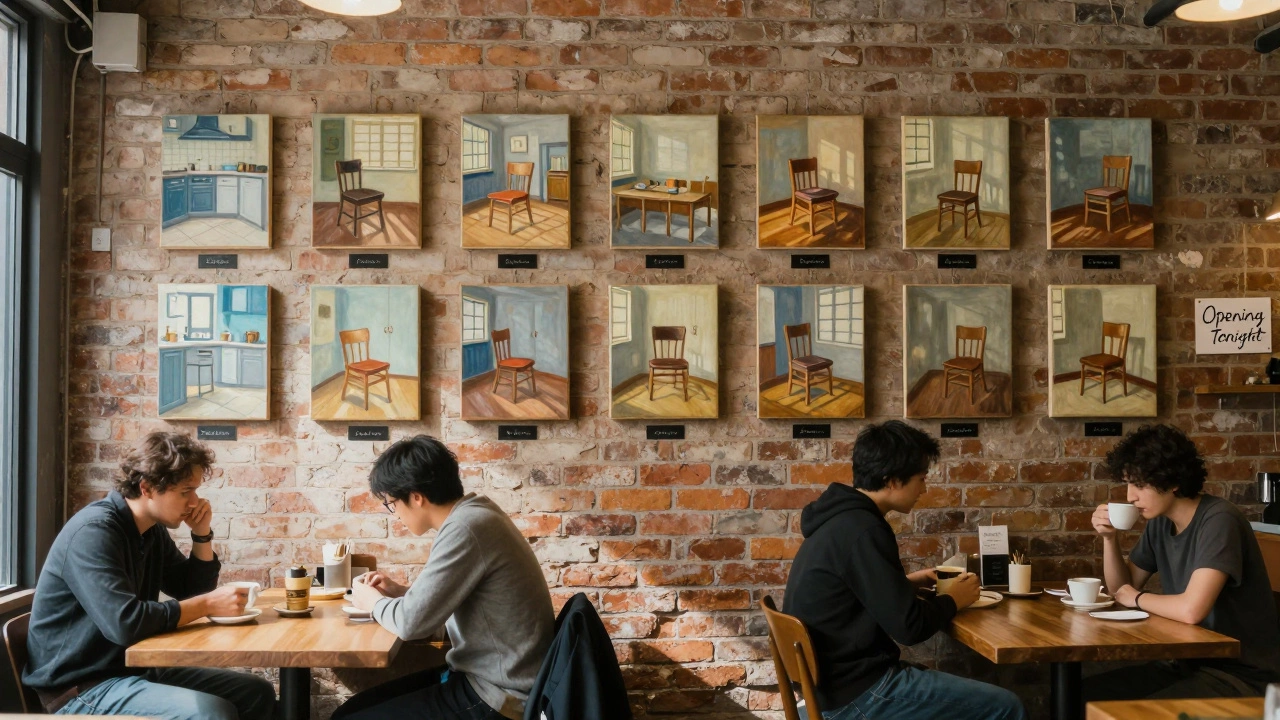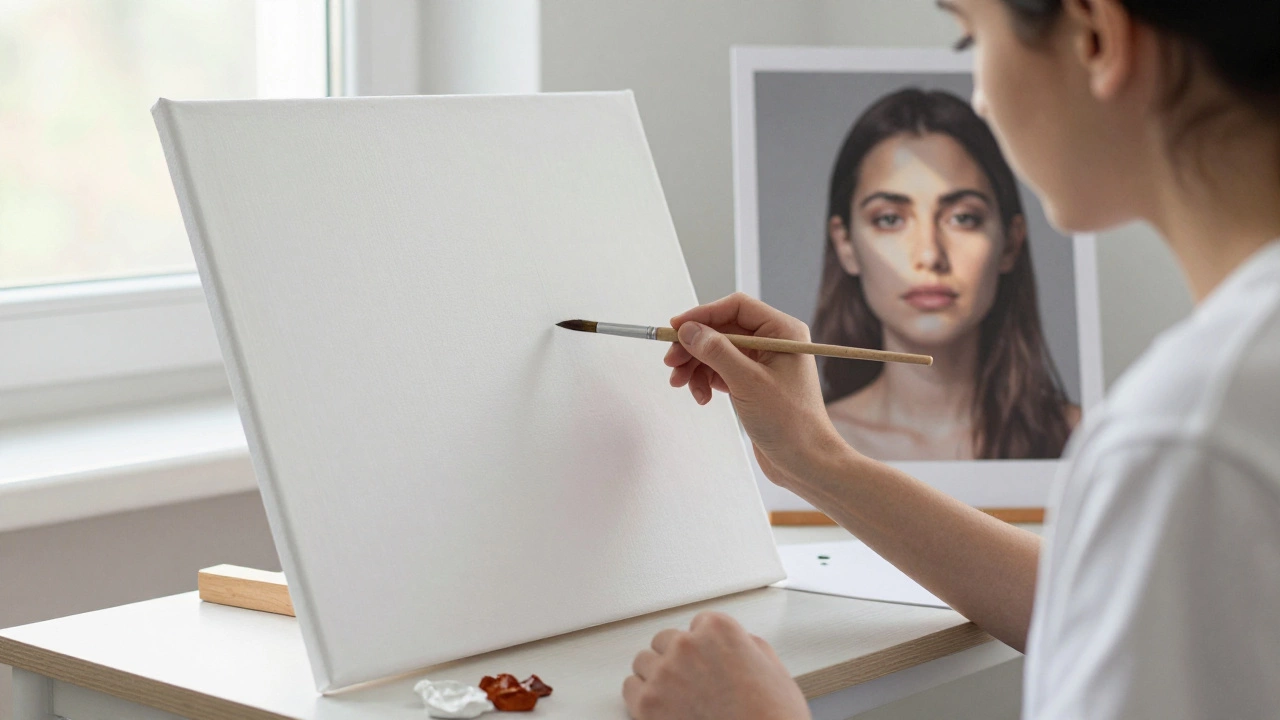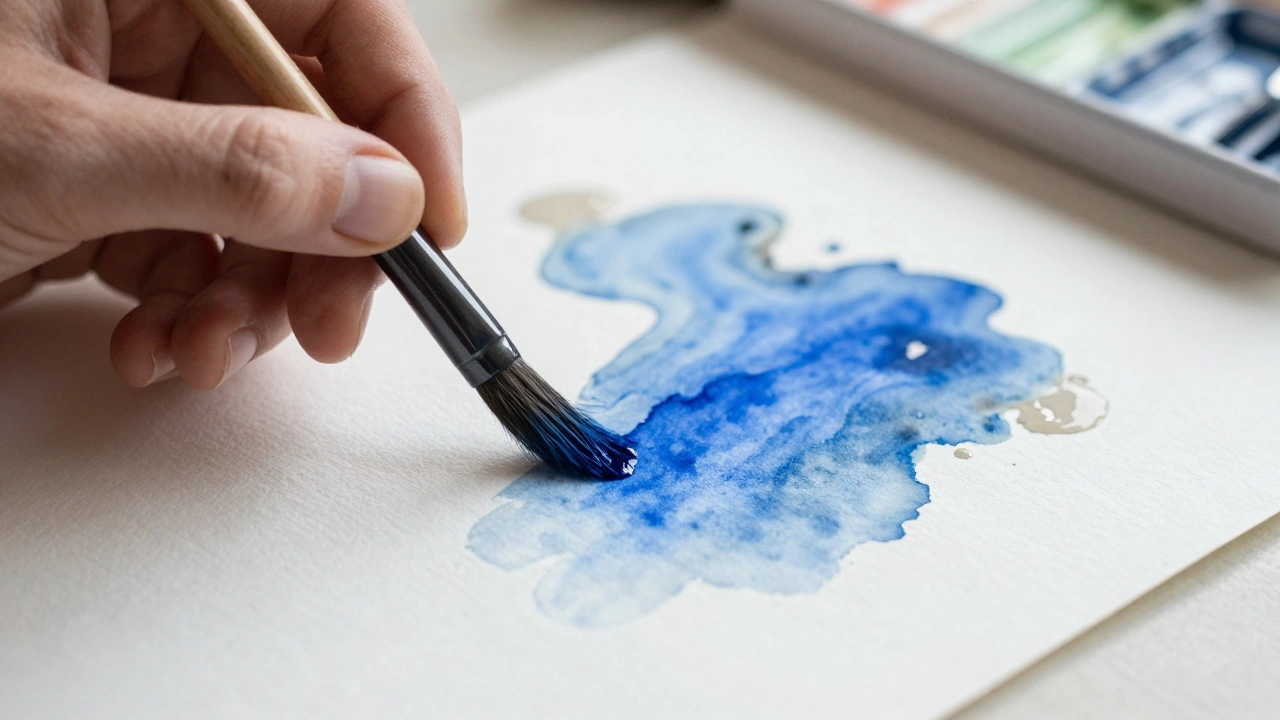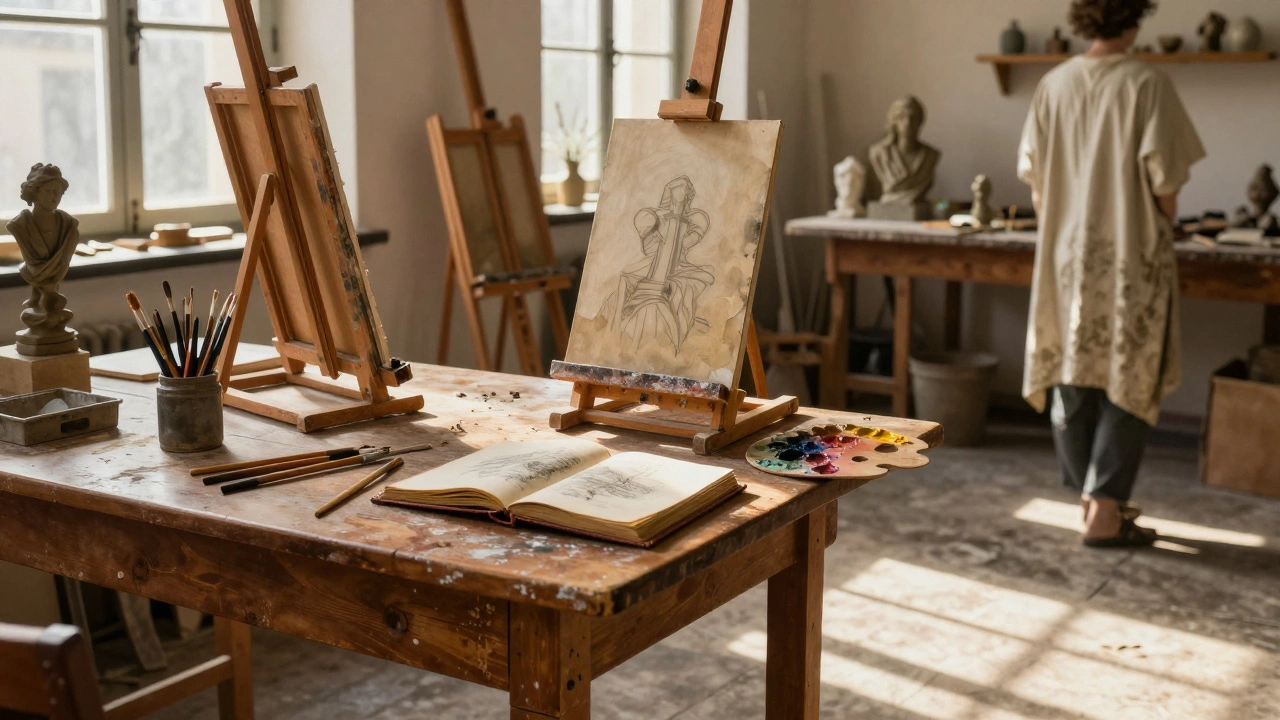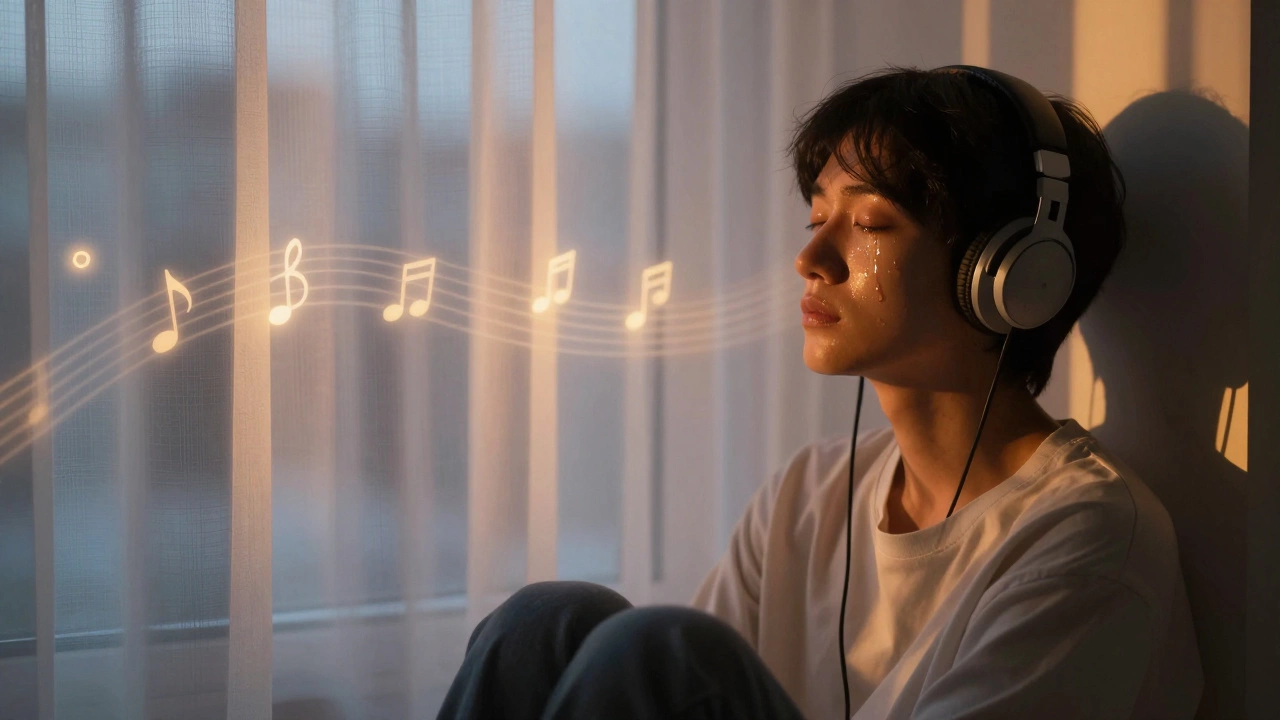Sculpture isn’t just something you see in a gallery or an old park. Ever walked down a street and caught yourself staring at a weirdly shaped bench, wondering if you should sit or just admire it? Or maybe you’ve stood before a giant metal globe in a shopping mall, not sure whether to call it an art piece or modern design. This confusion isn’t new. Ask two people on the street if sculpture is art or design—odds are, you’ll get two different answers. The line is messy and that’s what makes sculpture so irresistible. It won’t fit in one box, and in 2025, the question feels fresher than ever, from slow art museums to TikTok videos of artists welding new forms in their garages.
Understanding Sculpture: A Quick History and Today’s Scene
Sculpture has roots going back almost 40,000 years. Think about the ‘Lion Man’ from Germany, carved from mammoth ivory. There’s no way anybody would call that design—it’s all mystery, ritual, and symbolism. Jump a few centuries to ancient Greece and Rome. Their marble statues of gods and athletes? Pure art, and all about beauty, human form, and sometimes showing off political power.
Fast-forward to the 19th and early 20th centuries, and sculptors like Auguste Rodin and Constantin Brâncuși blew open new doors. Rodin’s ‘The Thinker’ wasn’t decorative, it was about raw emotion. Brâncuși’s ‘Bird in Space’ stripped away details to focus on the feeling of flight. Then you get to artists like Henry Moore—whose giant, hollowed-out shapes made old-school critics scratch their heads and helped sculpture escape from pedestals onto lawns and public parks.
But here’s where things get juicy: After World War II, sculpture began to change. As industry and technology grew, sculptors started using welding torches, plastics, even computers. Artists like Donald Judd and Dan Flavin turned to minimalist forms—metal boxes or glowing neon tubes. Their work blurred the boundaries of function and beauty. Was Dan Flavin’s colored light installation just a fancy lamp or actual art?
By the 21st century, you had designers and sculptors swapping ideas constantly. Look at Zaha Hadid’s building interiors, where the furniture sometimes grows out of the floor like a weird modernist fungus. Meanwhile, sculptors like Antony Gormley cast entire rooms in iron. Suddenly, it wasn’t clear if you were supposed to sit on something or just stare at it. The dialogue between art and design no longer seemed like an academic argument. It became part of daily life—in subway stations, shopping malls, playgrounds, and even Instagram feeds.
Now, contemporary sculpture pushes further. Sustainability dominates. Artists use recycled plastic, abandoned metal, or organic waste. About 32% of the sculptures displayed in public spaces last year in Europe featured upcycled materials (see table below). Meanwhile, 3D printing allows creators to produce forms that once existed only in futuristic sketches. Traditional definitions are fading, replaced by questions: Does it communicate something? Does it serve a use? Sometimes, it does both. That’s why the question—art or design?—matters just as much as ever.
| Region | Sculptures with Upcycled Materials (2024) | Total Public Sculptures Installed |
|---|---|---|
| Europe | 382 | 1190 |
| North America | 249 | 805 |
| Asia | 204 | 1112 |
When Is Sculpture Considered Art?
Art is slippery. People have debated for centuries over what counts as art and why. When it comes to sculpture, most folks think of fine art museums, marble busts, or wild shapes that make you stop and stare. If a sculpture tells a story, expresses emotion, or makes you see the world differently, it’s hard to call it anything other than art.
The core test for sculpture as art is its purpose. Is it meant to communicate an idea, spark emotion, or even challenge you? Take Louise Bourgeois, whose massive spider sculptures called ‘Maman’ have appeared in cities from Paris to Tokyo. She didn’t just want to decorate. She used sculpture to talk about motherhood, protection, fear—big, messy feelings.
Or consider Ai Weiwei’s sunflower seed exhibition at Tate Modern: millions of hand-painted porcelain seeds, each unique. For some, it looked like a tile floor. For others, it told a story about China, individuality, and mass production. When an object is loaded like that, hard to say it’s just design.
Sculpture as art often goes abstract. Look at Anish Kapoor’s ‘Cloud Gate’ in Chicago (you probably know it as ‘The Bean’). People take selfies with it, but it’s also an experiment in space, light, and reflection. Is it practical? No. Does it move people? Undoubtedly.
This doesn’t mean art can’t have some function. In fact, the lines have never been more blurred. The key is intention—it’s about making you feel or think, not just making life easier (or prettier). This legacy is what separates ‘fine art’ sculpture from something you just toss in your living room because it matches your couch.
Are there clear rules? Not really. The art world has its own gatekeepers—museums, critics, loyal followers. But the days of marble-only masterpieces are gone. New generations of artists hack the rules, mash up influences, and invite viewers to bring their own meaning. If a sculpture asks you a question but never gives an answer, it’s usually art.
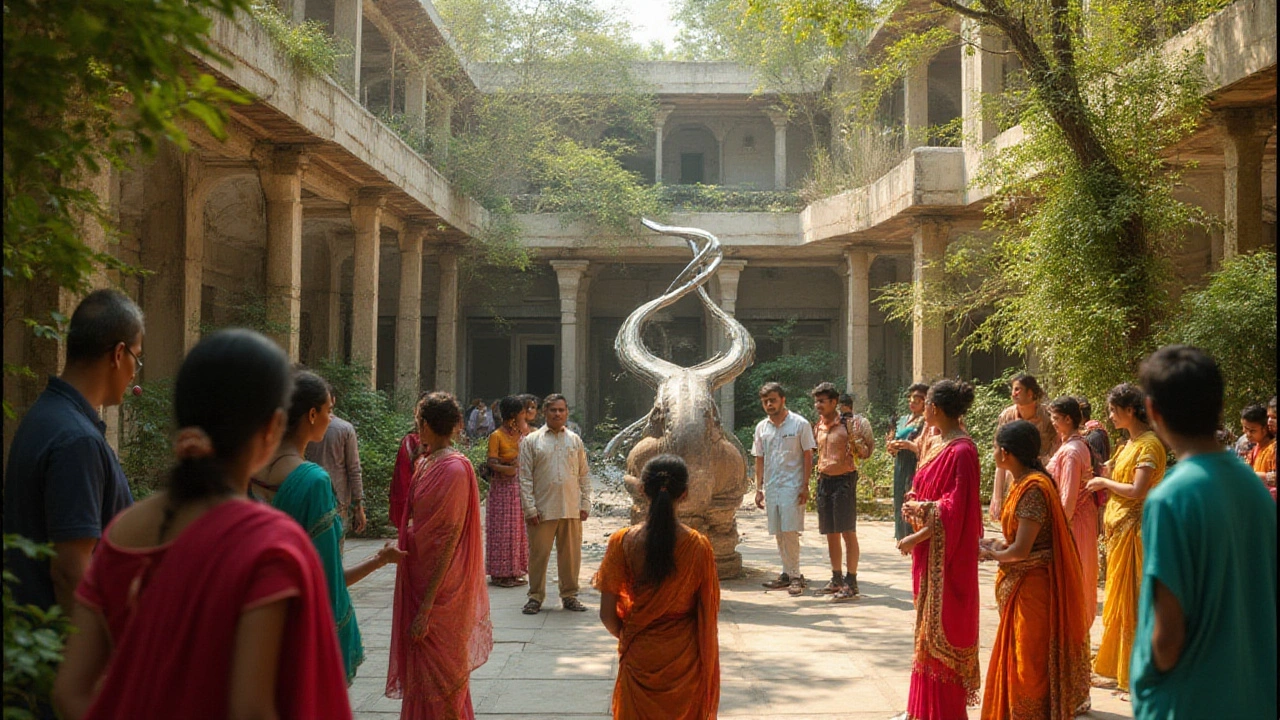
When Does Sculpture Cross Into Design?
Where art wants to stir emotion, design aims to solve a problem or boost daily life. That’s the textbook answer, anyway. The word ‘design’ comes from the Latin ‘designare,’ meaning to mark or appoint—so, making plans, adding order. If a sculpture is built to do something—to hang your coat, light up a room, even shape a public walkway—chances are, it’s design.
Think of Isamu Noguchi’s coffee tables or lamps. These aren’t just gallery pieces. They live in homes, offices, and hotels all around the world. You can use them, but they’re still sculptural, sometimes even displayed in *both* museums and IKEA catalogues. Philippe Starck’s ‘Juicy Salif’ lemon squeezer is another example—spindly and futuristic, meant to squeeze lemons, but also pops up in art exhibits. Is it art or design? Frankly, it’s both.
In the world of public spaces, sculptures often double as playgrounds or benches. Take the Copenhagen ‘Superkilen’ urban park, where massive interactive sculptures form slides, swings, and community hangouts. These serve a direct, practical purpose—so they tick the design box. Yet, they transform the environment, celebrate cultures, and inspire joy, blending art and function seamlessly.
The design world leans modular, practical, and flexible these days. Look at Dutch designer Joris Laarman, who 3D-prints bridges and furniture that look straight out of sci-fi but work perfectly in real life. His creations show up in museums and city centers, sparking that ‘Is this art or design?’ debate again.
What tips sculpture into design is usability. If you can interact with it—sit, climb, park your bike, or light your living room—it’s probably on the design side. The revolution in materials and digital fabrication tools since 2020 has made this fuse even tighter. As of last year, over 68% of new public sculptures in major European capitals were designed with some functional use in mind. That’s not just a blip: it’s a sign of things to come.
Why the Division Matters—and Why It Doesn’t
All this talk of art and design might come off as splitting hairs. But the labels matter to plenty of people: buyers, curators, city planners. If you collect sculptures, you want to know if your piece lands in an art museum or a lifestyle magazine. Funding for public sculptures often hinges on these definitions too—governments are more likely to back design projects that serve a purpose, while donors might support art for art’s sake.
On a personal level, how we define sculpture affects what we value. Visit a museum and you expect something to make you think deeply; visit a design shop and you want something that works, looks great, and maybe makes your daily ritual a little nicer. These expectations shape what gets made, sold, and displayed.
Yet, the walls between art and design are definitely crumbling. Artists use industrial tools; designers look for expressive forms. Many of today's famous “sculptors” started in architecture, textiles, or product design. Look at Neri Oxman—a former MIT professor who blends biology, art, and futuristic materials into wild, functional shapes. Whether her work is displayed at MoMA or used in eco-buildings, it constantly blurs the labels.
Social media adds another layer. Artists and designers now reach millions with a single post, mixing genres in real time. Small studios in Brooklyn share the same feed as global brands. TikTok challenges in 2025 blend DIY design, fine art, and activism, boosting work from unknown sculptors overnight.
So, while the old distinction still helps make sense of things, it’s fading fast. Creative work rarely sticks to one label. In fact, most professionals agree (based on a 2024 European Fine Arts Foundation survey) that 72% of sculptures shown in major public exhibitions are intentionally blurring art/design boundaries.
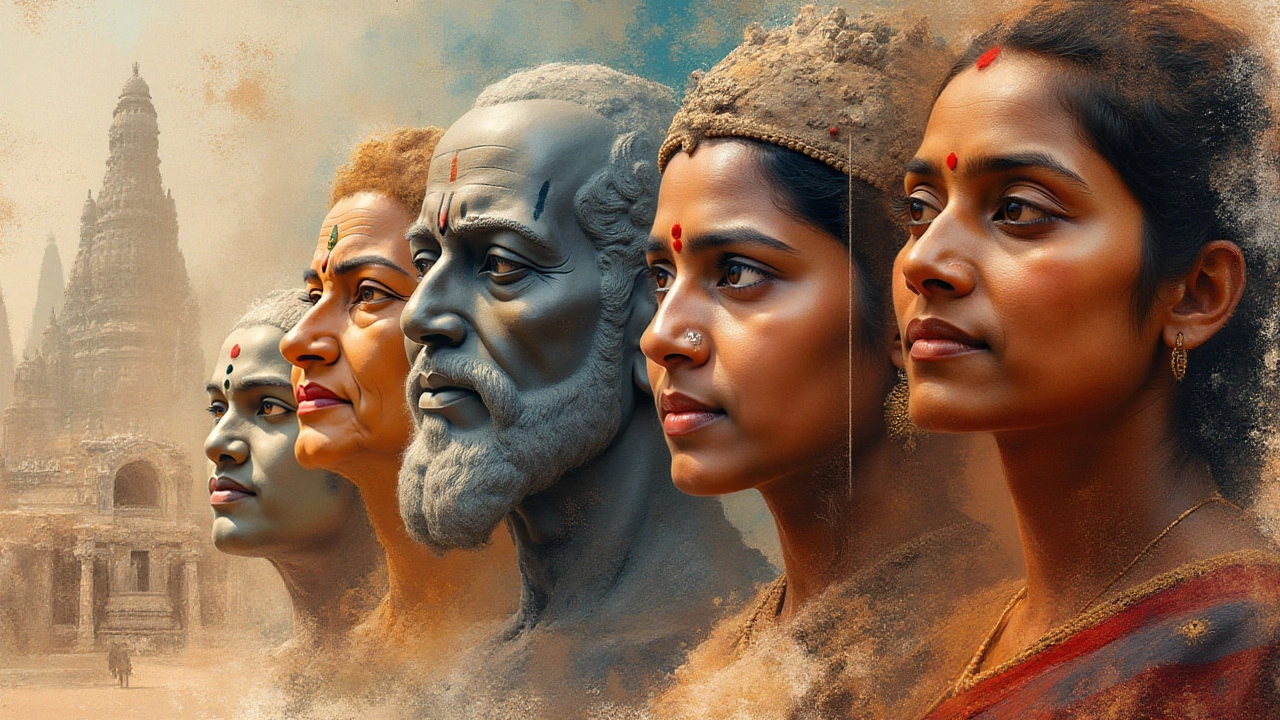
How to Tell: Five Tips for Spotting the Difference
- Look for function. If you can use it—sit, play, eat, light up—it leans toward design.
- Check the maker’s intent. Artist statement? Emotional/message-driven? Likely art.
- Consider the setting. Museums suggest art, stores suggest design—but exceptions abound, especially with installations in parks or corporate lobbies.
- Notice the materials. Both fields borrow from each other now, but cutting-edge tech use or upcycled waste can signal either, depending on the concept.
- Trust your gut. Does the piece make you think, feel, or engage? Or does it quietly blend into your daily routine with style? Sometimes, your own reaction is the best guide.
If you want to get into sculpture, start small. Try ceramic modeling or kinetic mobiles. Visit museums, but don’t ignore furniture shops and city squares—anywhere you find objects occupying space in new ways. Even experimenting with 3D design software (like Blender or Tinkercad) can show you how quickly a chair turns into a sculpture if you play around just a little.
For collectors, keep in mind that value can skyrocket for pieces that break the mold. The world’s most expensive sculpture—Alberto Giacometti’s ‘L’Homme au doigt’—sold for $141.3 million in 2015. But newer, functional sculptures by emerging designers have fetched six figures at 2024’s biggest auction houses—especially when they weave technology and handcrafted artistry together.
The wildest part? The question—art or design—usually leads to “both.” In 2025, the most exciting sculpture lives in between, making us ask questions, look twice, and maybe rethink what objects can be. Next time you see a sculpture—whether it’s a crooked bench, a glowing orb, or a monumental iron spider—take a closer look. You might just see the lines between art and design melt away.
